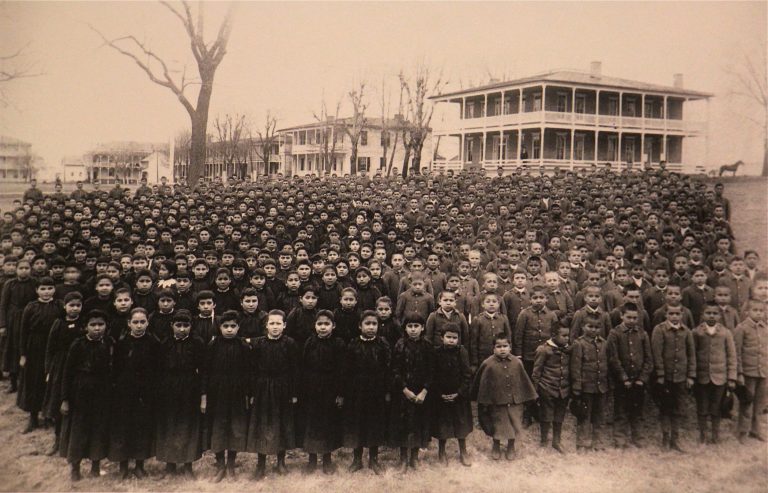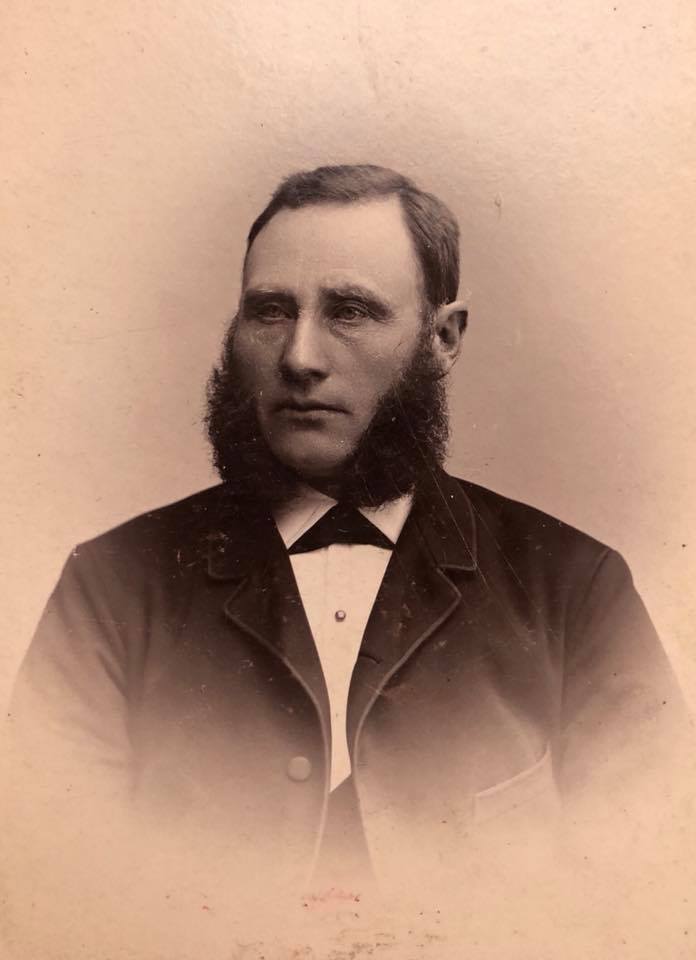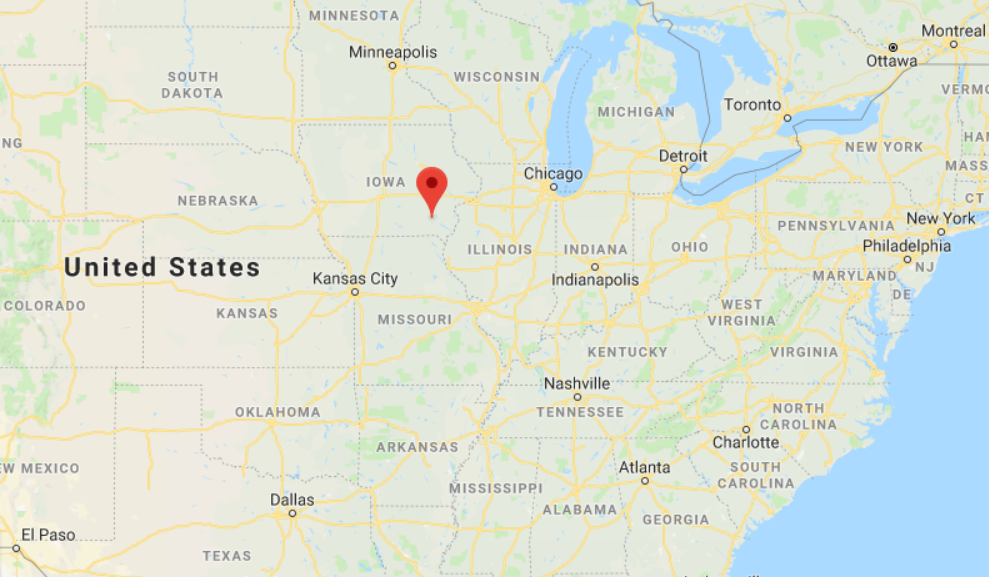In the 1890s, when Zanna Olive Grove (Sanda Olivia Grof) was in her 20s, she worked for a few years at the Willow Creek Boarding School on the Blackfeet Indian Reservation west of Browning in northern Montana. In the wedding announcement that was printed in the newspaper in Fairfield, Iowa, where she grew up, she is said to have been a teacher. That seems not to have been exactly true. According to Annual report of the Department of the Interior she was a laundress in 1895. In the Annual Report of the Commissioner of Indian Affairs in 1896 she’s an assistant matron. She was paid $480 a year as a laundress and $500 as an assistant matron. There are also records that show that Olive claimed land under her married name, Olive Trommer, close to the Blackfeet reservation.

“Indian” boarding schools aimed to assimilate Native American children into mainstream American culture. There were many such schools across the country. The image below is from the Carlisle Indian School in Pennsylvania.

From a WHYY story:
The remains of about 180 children are buried on the grounds of the former Carlisle Indian Industrial School in central Pennsylvania — which was created to assimilate native children into white culture.
Some of those bodies are now being reclaimed by families, and given proper burials.
From a Philadelphia Inquirer story:
/…/ from 1879 to 1918, [Carlisle] was home to the Carlisle Indian Industrial School, the flagship of a fleet of federally funded, off-reservation boarding schools. It immersed native children in the dominant white culture, seeking to cleanse their “savage nature” by erasing their names, language, dress, customs, religions, and family ties.
The Carlisle goal: “Kill the Indian, save the man.”

The European whiteness, and the European Christianity, that my family members brought with them from 1800s Sweden had no problem uprooting children, scrub or beat their culture out of them, and make them white.
I knew it, but I wasn’t prepared for it to hit so close to home. Which is, of course, just another consequence of the white privilege I enjoy.


